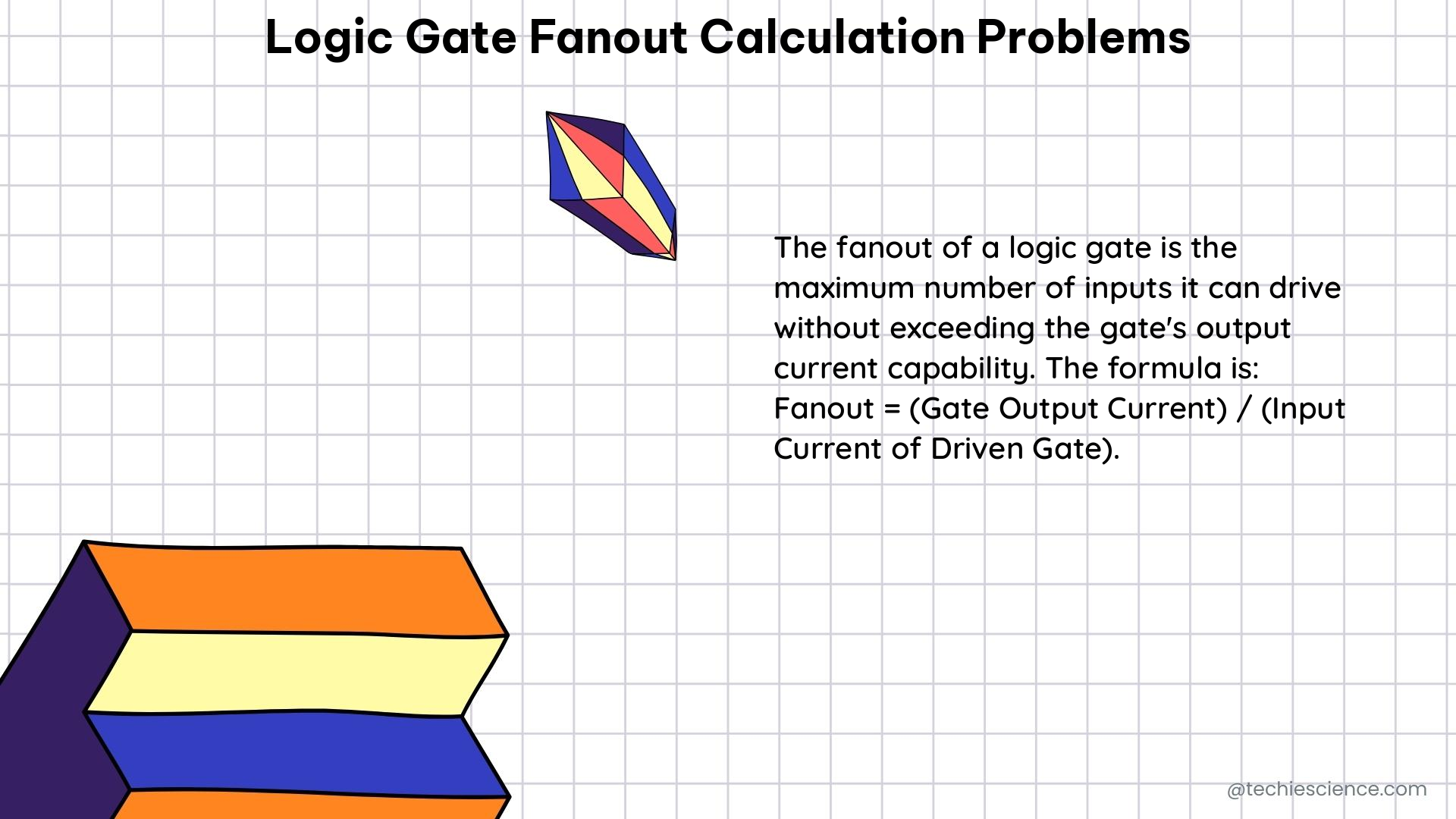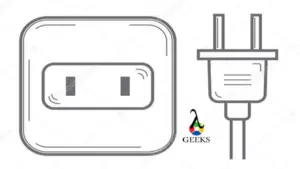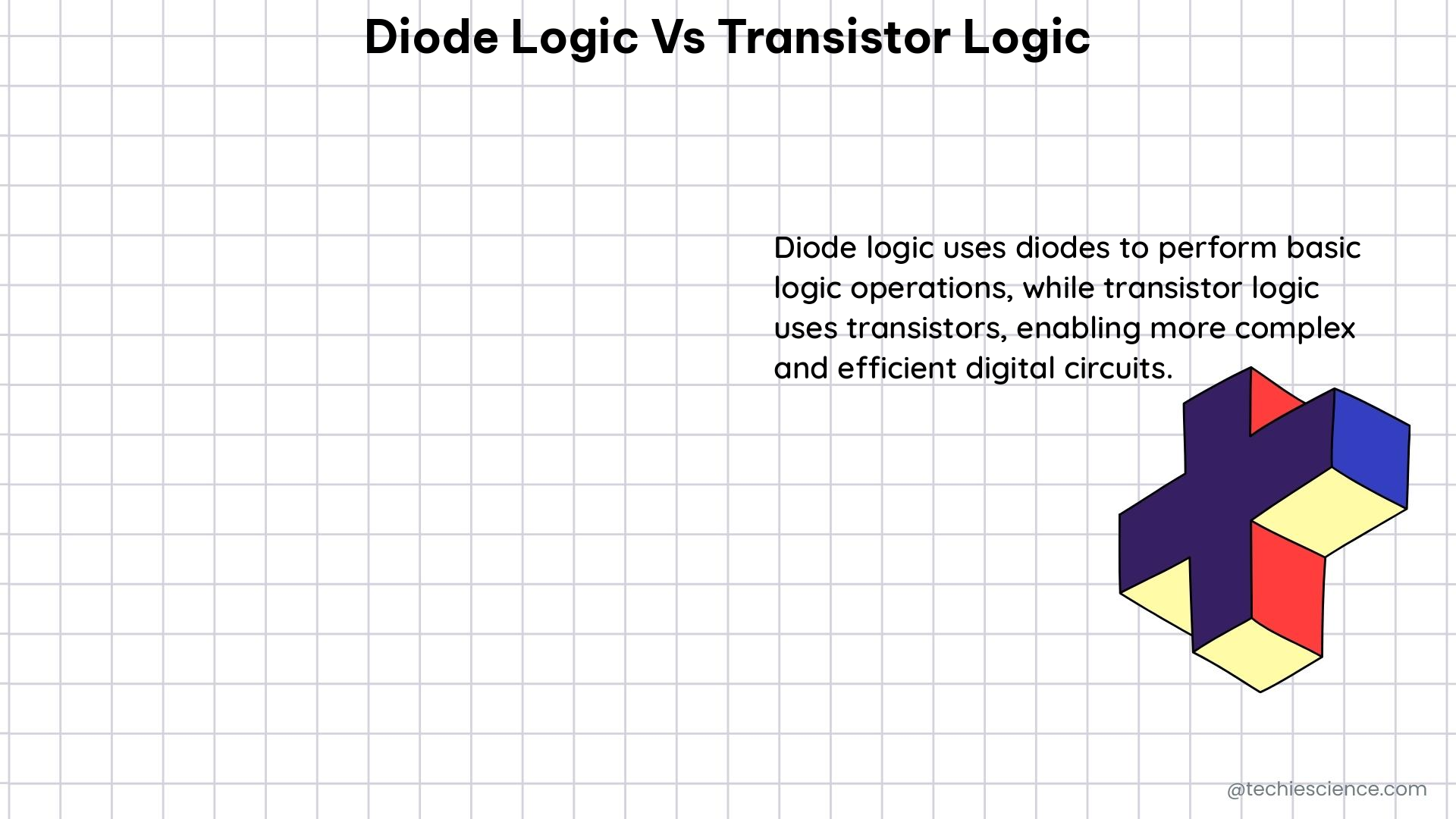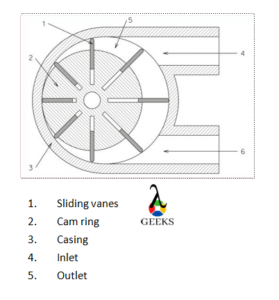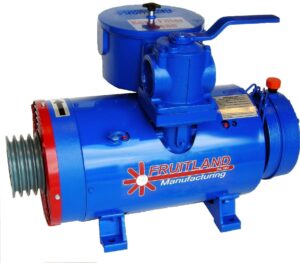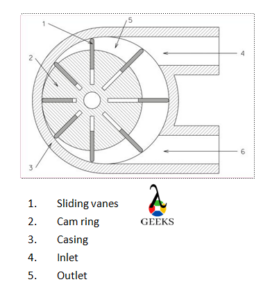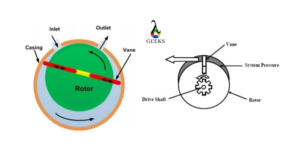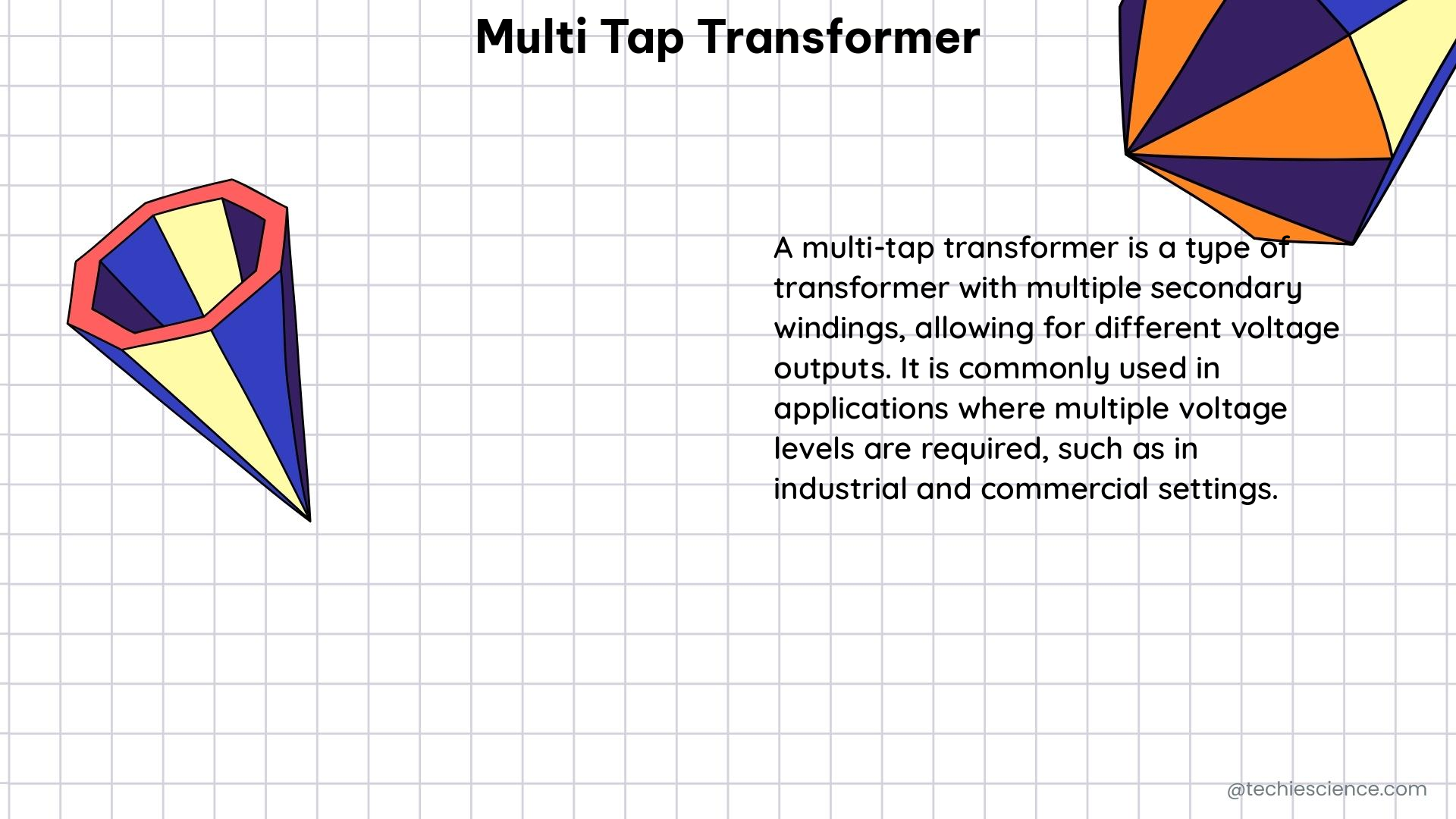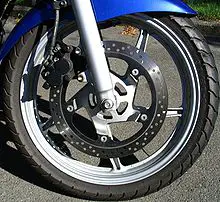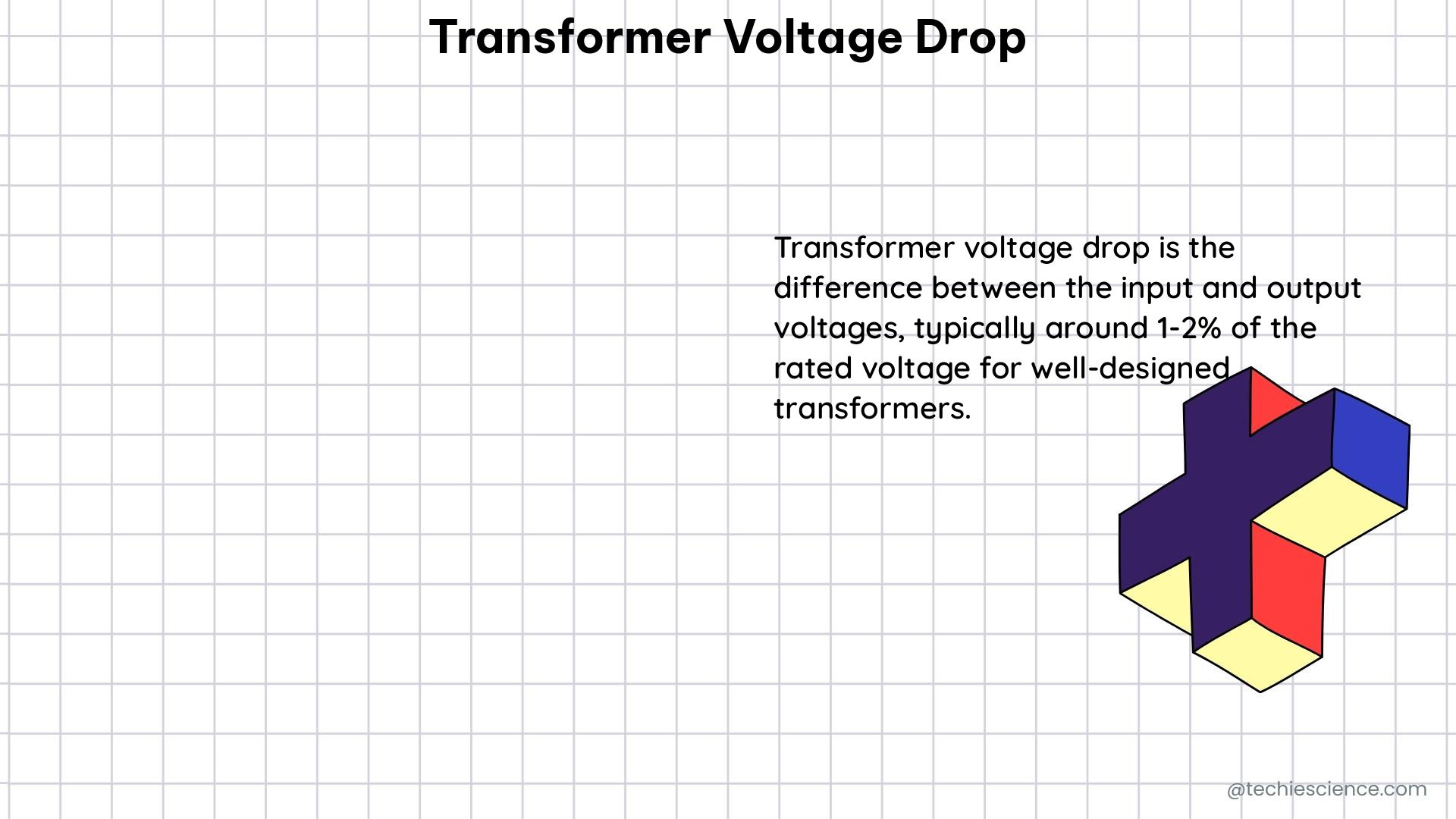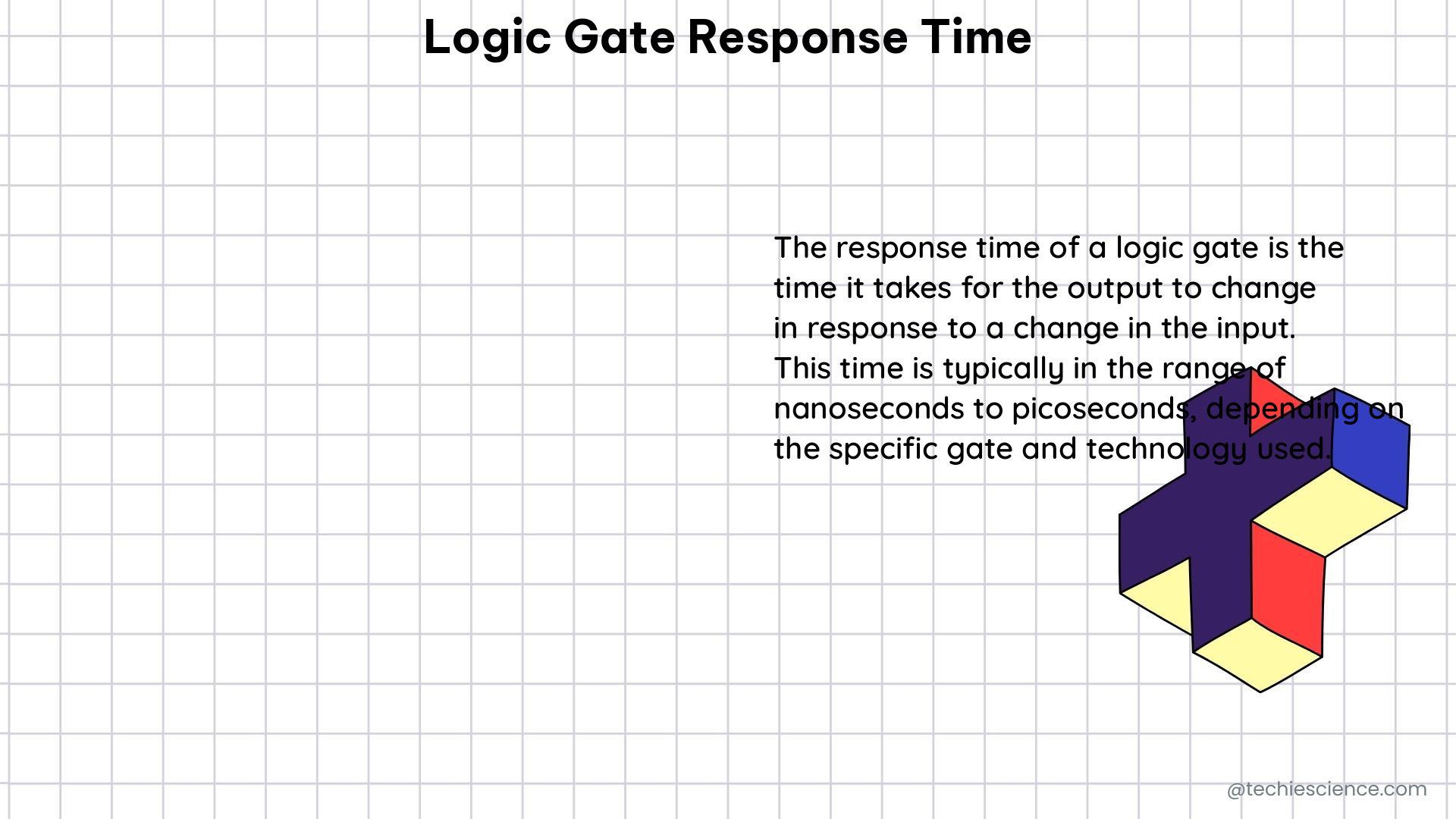The electrical socket type is used for both alternative and direct current. The electrical socket types are usually made with brass and plated with nickel, tin. Electrical socket types material make interface between the mechanical and electrical main.
Electrical sockets are classified in fifteen categories but widely is used only twelve types. In various countries electrical sockets are classified in various manners. In alphabetically from electrical sockets are classified and starting from the A. They are,

Image Credit – Wikipedia
The nine types of electrical sockets functions and their several facts are briefly describe in below,
A Type:
It is one type of electrical socket type which mainly used for the domestic purpose. The countries where this type of electrical socket is uses they are Canada, United State, Central America, Japan.This type of socket is placed in underground with the help of two parallel sponges. The sockets have two blades which thickness is around 1.6 mm; length would be around 18 mm and the space difference around 13 mm. This A type socket is also known as NEMA-15.

The blades is not same to each other. The socket can be inserted in the system only one way they are polarized. The widths of the blades are different to each other. The sockets have rates about 16 A. One blade of the socket is attached with the neutral.
This is not insulated. They don’t have covering like the others types of electrical sockets. Black covers are not carried by this type of socket. The outlets of the A type sockets are not attached with the wall.
B Type:
The countries where this type of electrical socket is uses they are Canada, United state of America, Mexico.This type of socket is also placed in underground just like A type with the help of two parallel sponges. The sockets have two blades which thickness is around 1.5 mm; length would be around 15 – 19 mm and the space difference around 12.5 mm. This B type socket is also known as NEMA 5-15. The width of the B type socket is about 6.5 mm.

Image Credit – Wikimedia Commons
Earth pin is attached with this socket which shaped like U. The earth pin length is about 48 – 52 mm. The whole device is placed under the ground before the connection is attached with the power. The sockets of B type have rates about 15 A.
The distance between the two blades is about 12 mm.
This is also not insulated just like A type. They don’t have covering like the others types of electrical sockets such as C, D, E and many more. Black covers are also not carried by this type of socket.
C Type:
Almost every country where this type of electrical socket is uses. But where this type of sockets is not used they are Ireland, Cyprus, and United Kingdom.This type of socket is not placed in underground and none polarized not like A and B type. This C type socket is also known as CEE 7/16.

Image Credit – Wikimedia Commons
The sockets have two pins which shaped is round and length around 5 mm. length would be around 19 mm, if the length is consider from the center then length should be around 18.5 mm and from the tip the length should be 17.5 mm. The sockets have two isolated sleeve and their length is about 9 mm long.
In this type of electrical socket less than 2.5 A power is required to generate. The sockets of C type have rates about 12 A.
These types of electric socket have very less frequency. This C type socket is uses in various developing countries all over the world. This type of socket is actually old form of E, F, G, H, type electric socket.
This C type electric socket is unearthed.
D Type:
This type of electrical socket is use in a wide range in India this is actually a British standard socket. The sockets contain earth pin which length would be around 21 mm and diameter of the socket is about 7.2 mm. The length of the line and neutral pin is 5 mm and 15 mm.The center space is around 18.9 mm. The distance length from the imaginary line of power pin and ground pin is about 22 mm. This C type socket is also known as British standard 546.

Image Credit – Wikipedia Commons
Sometimes M type socket is also used alongside type D for getting larger appliance. This is also used in Nepal and Pakistan.
Read more about Notch Filter Circuit
E Type:
The countries where this type of electrical socket is uses they are Slovakia, Poland, Belgium, Poland, Tunisia, Morocco, Czechia and France.This type of socket is not placed in underground. The sockets contain earth pin which length would be around 15 mm and diameter of the socket is about 4.8 mm.
The sockets have two plug length of measuring is about 19.1 mm. The center space length is around 18.9 mm. The distance length from the imaginary line of power pin and ground pin is about 10 mm. This E type socket is also known as CEE 7/4. The sockets of E type have rates about 16 A.
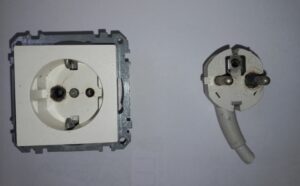
Image Credit – Wikimedia Commons
To classified the difference the electric socket E and F, the standard universal Continental European system is developed which named is E/F socket and it is also known as CEE 7/7.
The earthling clip is attached with the E type socket’s top and bottom parts and female part is used to keep contact with the pin which is placed in the ground.
Read more about Current Divider Circuit
F Type:
The countries where this type of electrical socket is uses they are Sweden, Austria, Norway, Spain, Finland, Eastern Europe.This type of socket is not placed in underground. This F type sockets also known as CEE 7/4. The sockets of F type have rates about 16 A.
The sockets contain plug which width would be around 5 mm and lengthof measuring the socket is about 19.1mm.The distance length from the imaginary line of power pin and ground pin is about 16.2 mm.
G Type:
This type of electrical socket is uses in the countries of the world they are Ireland, Malta, Singapore, Arabian, United Kingdom, Peninsula and Hong Kong.This type of socket is not placed in underground. The sockets of F type have rates about 12 A.
The sockets contain three number of plug.The centre earth pin diameter is near about 2.2 mm and the socket is about 23 mm. The neutral pin diameter is about 0.8 mm and length of measuring is about 18 mm. The distance length from the imaginary line of power pin and ground pin is about 22 mm.
Read more about Is Voltage The Same In Parallel
H Type:
H type of electrical socket is uses in the countries of the world they are Israel, Palestine. This type of socket is not placed in underground. The sockets of H type have rates about 16 A.
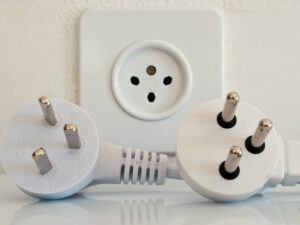
Image Credit – Wikipedia Commons
The sockets contain three number of plug. The center earth pin diameter is near about 4.5 mm and the measuring length is about 20 mm. The neutral pin diameter is about 0.8 mm and length of measuring is about 19 mm. The distance length from the imaginary line of power pin and ground pin is about 10 mm.
I Type:
I type of electrical socket is uses in the countries of the world they are China, New Zealand, Argentina, Asian countries, Papua New Guinea.This type of socket is not placed in underground. The sockets of F type have rates about 11 A.
J Type:
Contain off set earth pin and rate carried about 13 A.
K Type:
Three pins are used and it is grounded.
L Type:
Contain rate near about 15 A and used is Chile and Italy.
